Discount pricing isn’t a new idea at all. Coca-Cola was the first brand to try it out way back in 1887, and it was a huge success.
Since then, discounts have been a go-to move for businesses and customers alike. Using the discount policy, companies boost their sales, and customers get great deals.
According to a research by CapitalOneShopping shows that;
91% of Americans check for discounts before making a purchase online.
If you want to accelerate your sales by offering discounts, you need to know how you should do that to get maximum sales.
Keeping that in mind, in this guide, we are going to discuss everything about discount pricing strategy including what it is, when you should do it, and examples of successful discount strategies.
Let’s get started!
Quick Summary:
Discount pricing is when businesses lower prices to sell more, attract new customers, or reward loyal ones. Popular strategies include BOGO, flash sales, and special offers. It helps grow sales and keep customers happy.
What is Discount Pricing Strategy?
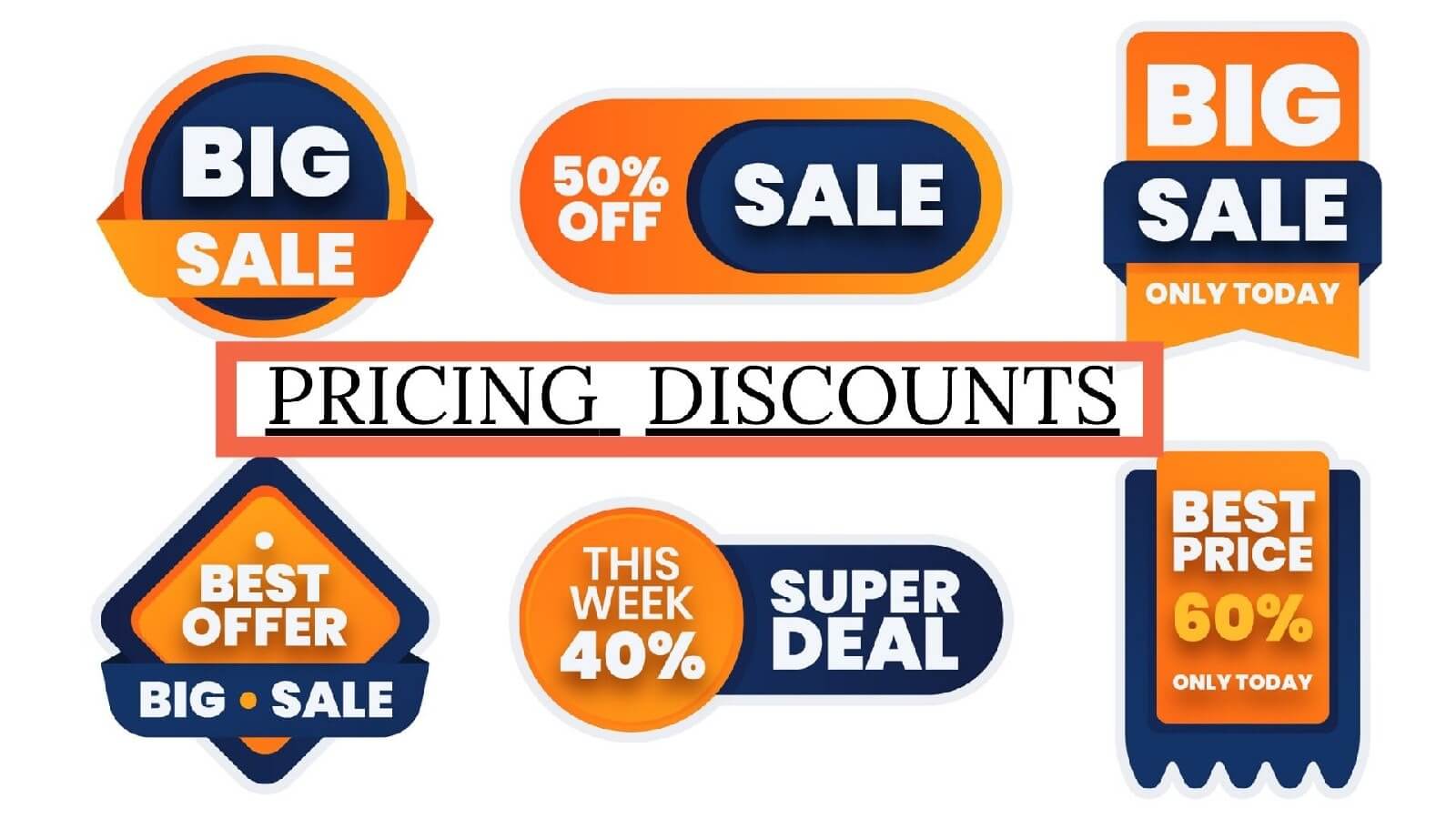
A discount pricing strategy is when a business lowers the price of its products or services to encourage more people to buy. It’s like when you see a “50% off” sign at your favorite store—it’s designed to grab your attention and make you feel like you’re getting a great deal.
Businesses use discount pricing strategies for many reasons. They might want to clear out old stock, attract more customers, or boost sales during a slow period.
The key to a good discount pricing strategy is to find the right balance. You want to offer a deal that makes customers excited to buy but still ensures your business makes a profit.
When done right, discount pricing can be a powerful tool to increase sales and grow your customer base.
When You Should Offer Discount Pricing
Offering discount pricing can be a smart move, but timing is everything. Here are some situations when it makes sense to offer discounts:
- Clearing Out Old Inventory: If you have products that aren’t selling well or are out of season, offering a discount can help clear out that inventory and make room for new stock.
- Attracting New Customers: Discounts can be a great way to bring in new customers. A special offer or a first-time buyer discount can encourage people to try your products or services for the first time.
- Boosting Sales During Slow Periods: Every business has slow periods. Offering a discount during these times can help maintain steady sales and keep your cash flow healthy.
- Launching a New Product: When introducing a new product, offering a discount can create buzz and encourage people to give it a try. It’s a way to generate interest and get feedback from customers.
- Encouraging Bulk Purchases: If you want to sell more of a product, offering a discount for buying in bulk can be effective. This not only increases sales but also helps with customer retention.
- Rewarding Loyal Customers: Offering discounts to your regular customers can make them feel appreciated and encourage them to keep coming back. Loyalty programs often use this strategy.
If you are having any of these occasions, you can launch your discount pricing strategy. But before showing you the details of the discount pricing strategies, let’s discuss types of discount pricing.
7+ Most Effective Discount Pricing Strategies for 2025
Now you know what discount pricing strategy is and the types of discount pricing strategies. It’s time to discuss the 7 most effective discount pricing strategies for online businesses.
First, let’s take a quick look at the list of the discount pricing strategies:
Now we will discuss each of the above-mentioned points in detail!
01. Buy One, Get One Free (BOGO)
The Buy One, Get One Free (BOGO) strategy is a classic and effective way to boost sales. With BOGO, customers get an additional item for free when they purchase one at full price. It’s a simple concept but incredibly appealing because it feels like an amazing deal—who doesn’t love getting something for free?
Here is an example of a Buy One, Get One Free offer.
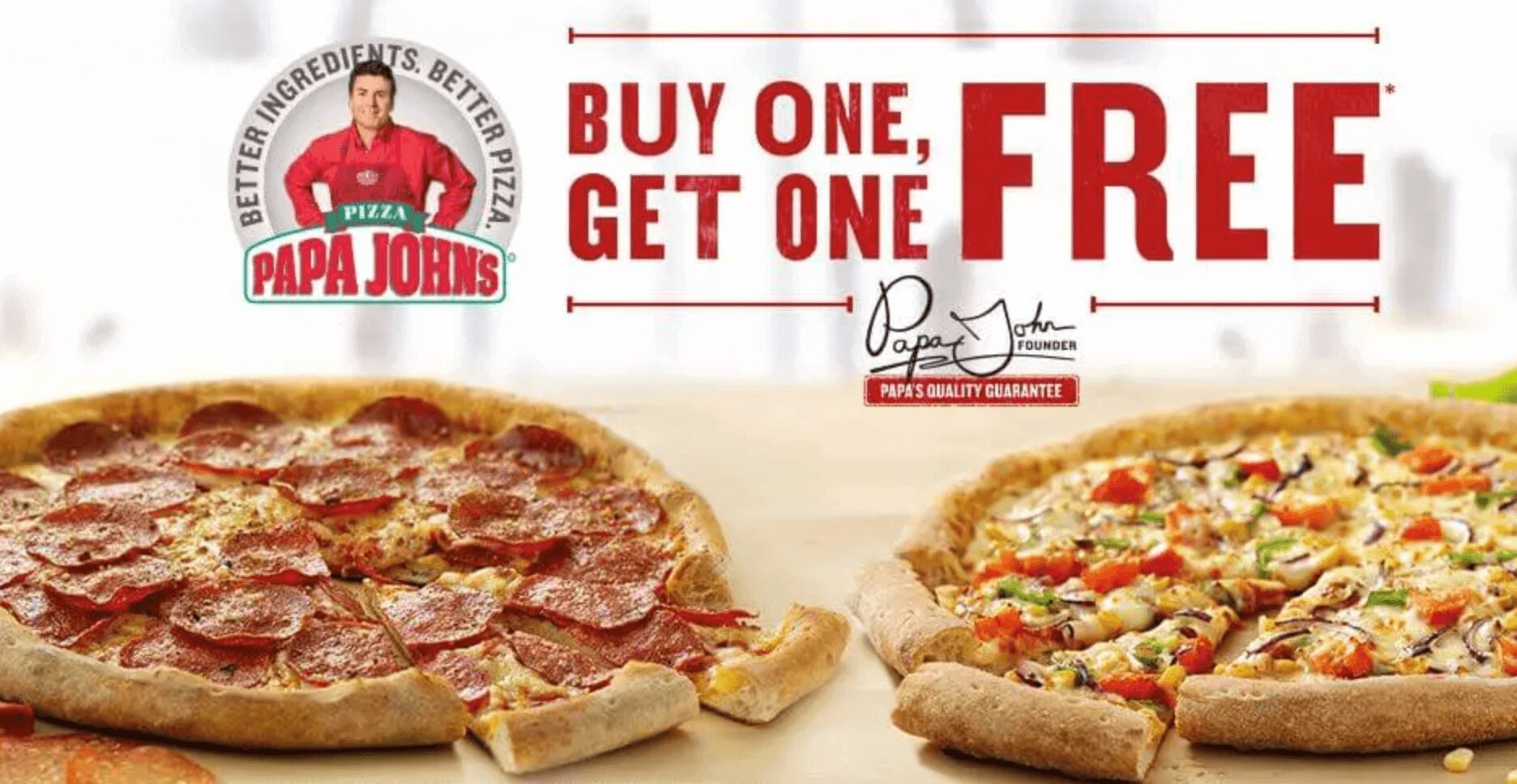
BOGO works well because it encourages customers to buy more than they initially planned. For example, if someone was thinking about buying just one item, the promise of a free second item might nudge them to make the purchase. It’s especially effective for clearing out inventory and increasing sales volume.
02. New Customer Discount
A New Customer Discount is a powerful way to attract fresh faces to your business. This strategy involves offering a special discount to people who are buying from you for the first time. It’s like rolling out the red carpet and giving them a warm welcome to your brand.
Here is an example of how the new customer discount strategy works.

New Customer Discounts work because they reduce the risk for first-time buyers. If someone is on the fence about trying your product or service, a discount can be the nudge they need to make that first purchase.
It’s also a great way to stand out from competitors—potential customers might choose your brand over another simply because you’re offering a better deal.
03. Flash Sales
Flash Sales are short-term, high-impact promotions designed to create a sense of urgency among customers. These sales typically last for a few hours or, at most, a day, offering significant discounts on selected items.
The limited-time nature of Flash Sales plays on the fear of missing out (FOMO), driving customers to make quick purchasing decisions.
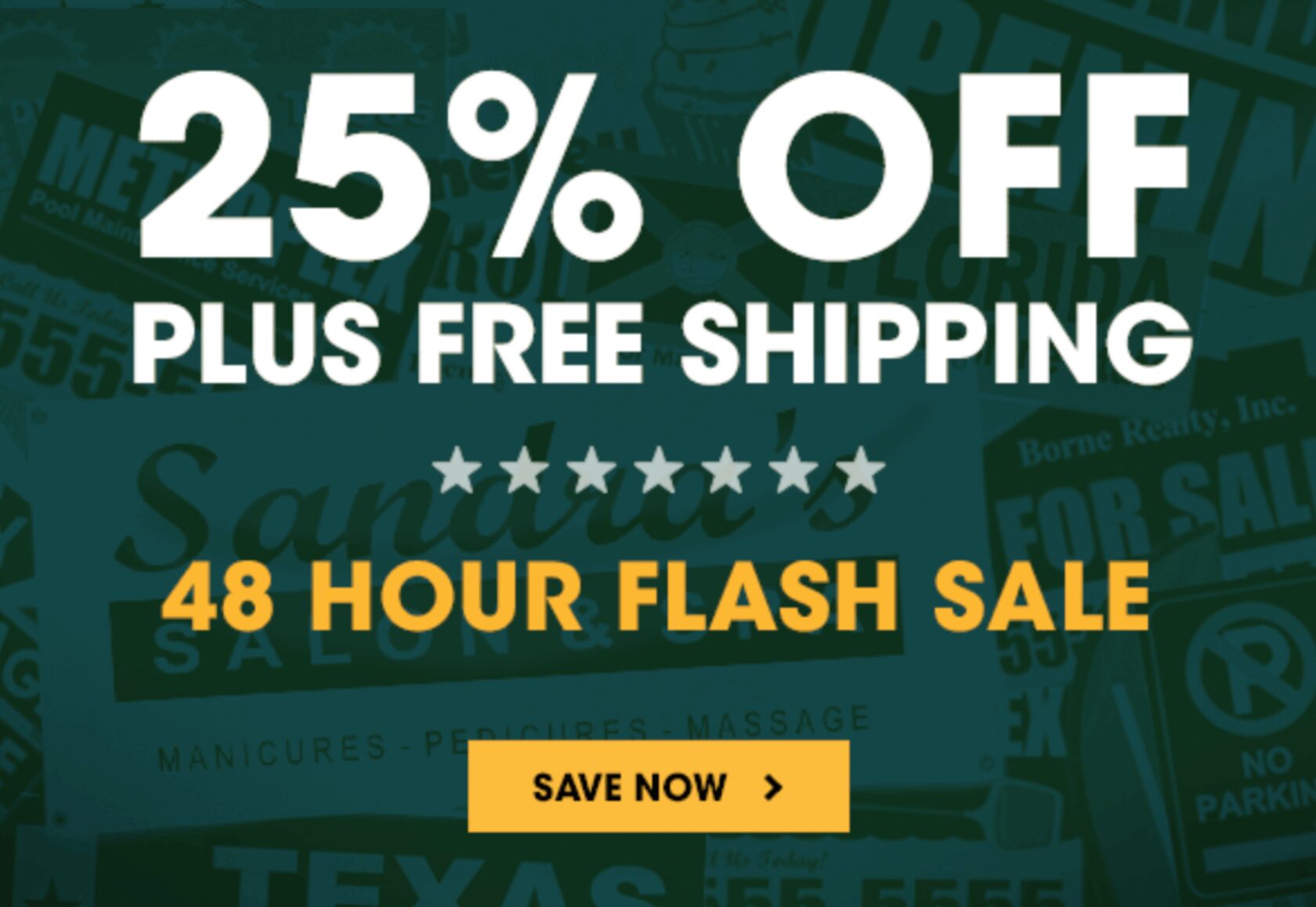
Flash Sales are incredibly effective for several reasons. First, they generate excitement and buzz around your brand. Customers know they have to act fast, so they’re more likely to buy immediately rather than wait. This can lead to a surge in sales within a very short period.
04. Early Bird Discount
An Early Bird Discount is a pricing strategy that rewards customers who make a purchase or sign up for an event early.
The idea is simple: the sooner someone buys, the better the deal they get.
This strategy is commonly used for events, product launches, or limited-time offers where businesses want to encourage quick commitments.
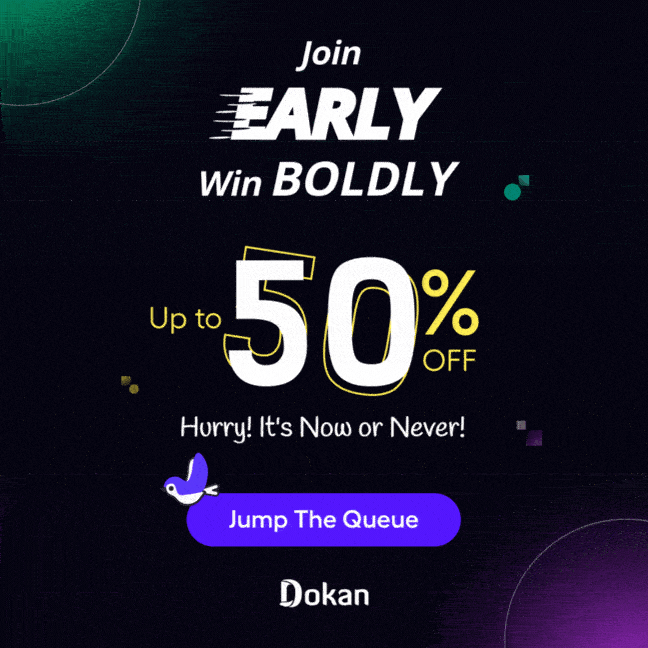
For example, an event organizer might offer a lower price to the first 100 people who buy tickets, then gradually increase the price as the event date gets closer. This not only boosts early ticket sales but also creates buzz and excitement around the event.
05. Loyalty Discount
A Loyalty Discount is a special offer given to repeat customers as a way to thank them for their continued support. This strategy is all about building and maintaining strong relationships with your customers. By offering discounts to those who regularly buy from you, you’re showing that you appreciate their loyalty and encouraging them to keep coming back.
Here is an example of what a loyalty discount pricing strategy could look like.
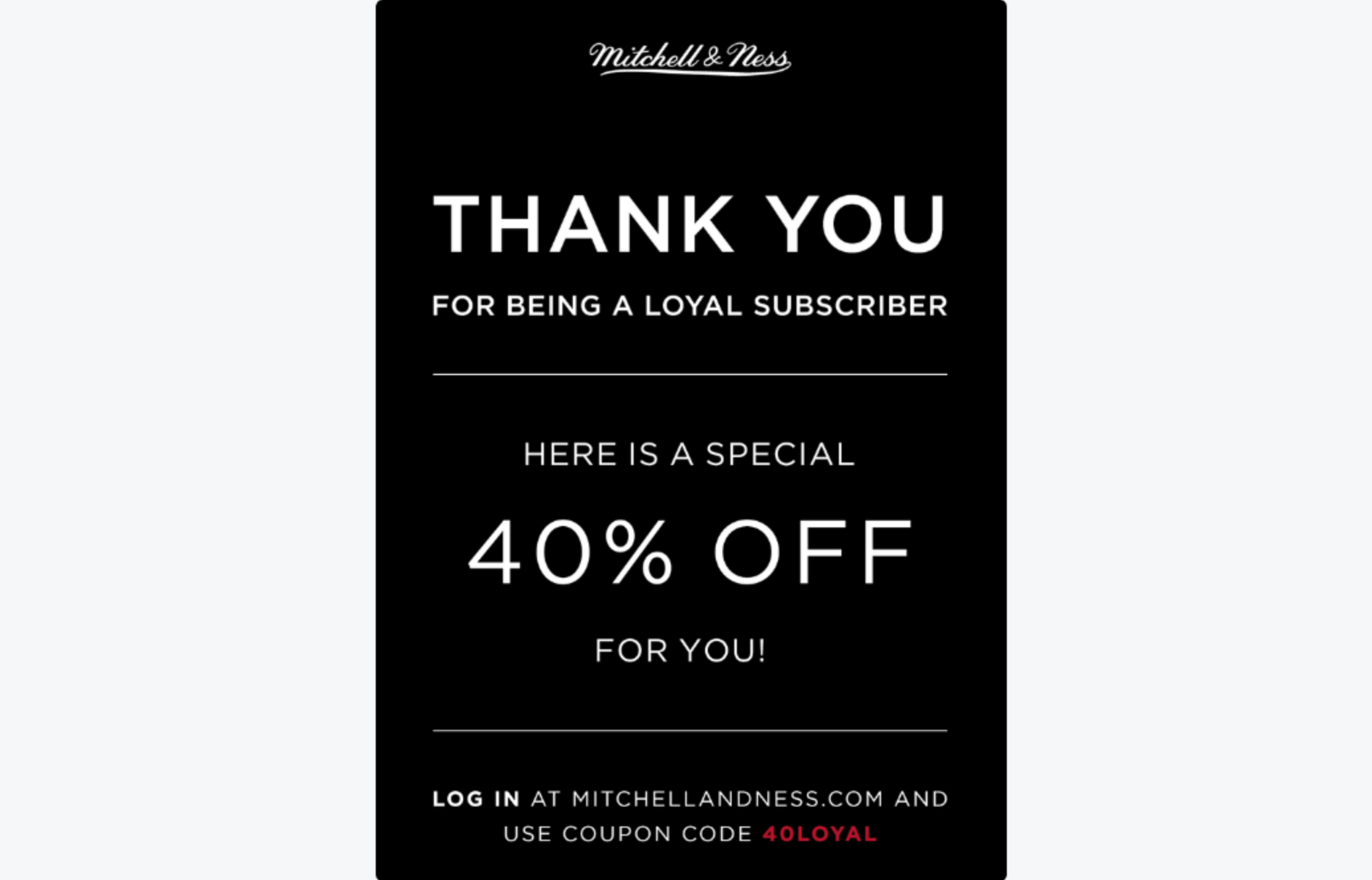
Loyalty Discounts can take various forms, such as a percentage off on future purchases, exclusive deals, or even points that can be redeemed for discounts.
For example, a coffee shop might offer a free drink after a customer buys ten, or an online store might give loyal customers early access to sales with additional discounts.
06. Free Gifts with Purchase
Offering Free Gifts with Purchase is a popular discount strategy where customers receive an additional item for free when they buy a specific product or spend a certain amount. This strategy adds extra value to a purchase, making the overall deal more attractive to customers.
This is an example of a free gifts with purchase discount pricing strategy.

Free Gifts with Purchases work well because they make customers feel like they’re getting something extra for their money. It’s a simple way to enhance the shopping experience and encourage customers to buy more.
For example, a beauty brand might offer a free makeup bag with the purchase of certain products, or a tech store might include free accessories with the purchase of a new gadget.
07. Personalized Discounts
Personalized Discounts are special offers made just for you based on what you like or what you’ve bought before. Instead of a one-size-fits-all deal, personalized discounts give you something that matches your interests.
For example, if today is your birthday, you might get a discount for your birthday. Or, if you haven’t shopped in a while, a store might send you a “We miss you” discount to get you back.
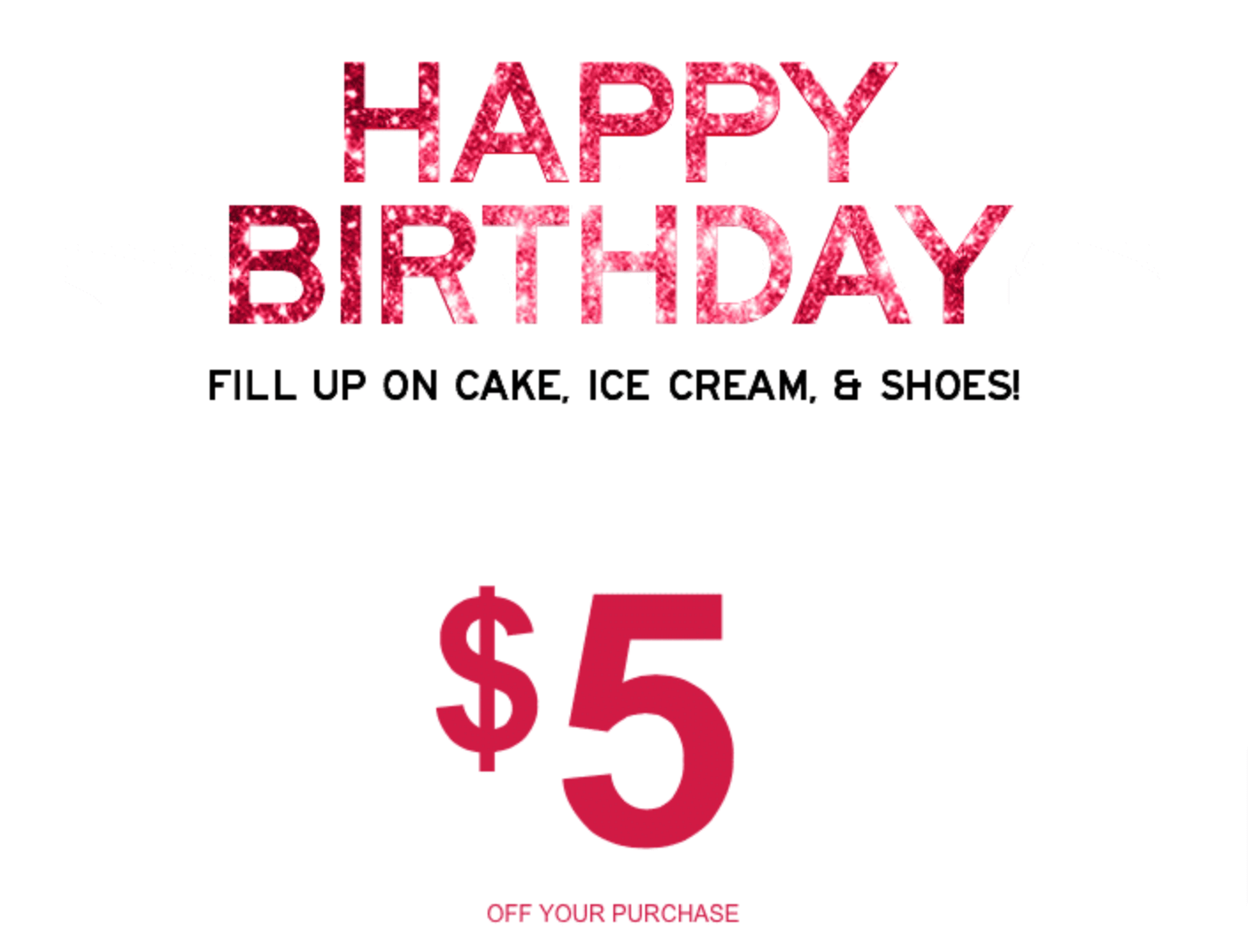
These discounts work well because they give you something you want. When a deal feels made for you, you’re more likely to use it.
08. Retargeting Discount
A Retargeting Discount is a smart strategy to bring back customers who have shown interest in your products but did not complete a purchase. With this strategy, you offer a special discount to customers who abandoned their carts, visited a product page, or engaged with your website.
For example, a customer adds a pair of shoes to their cart but leaves without buying. Later, they receive an email or ad offering 10% off that exact pair if they complete the purchase within 24 hours.
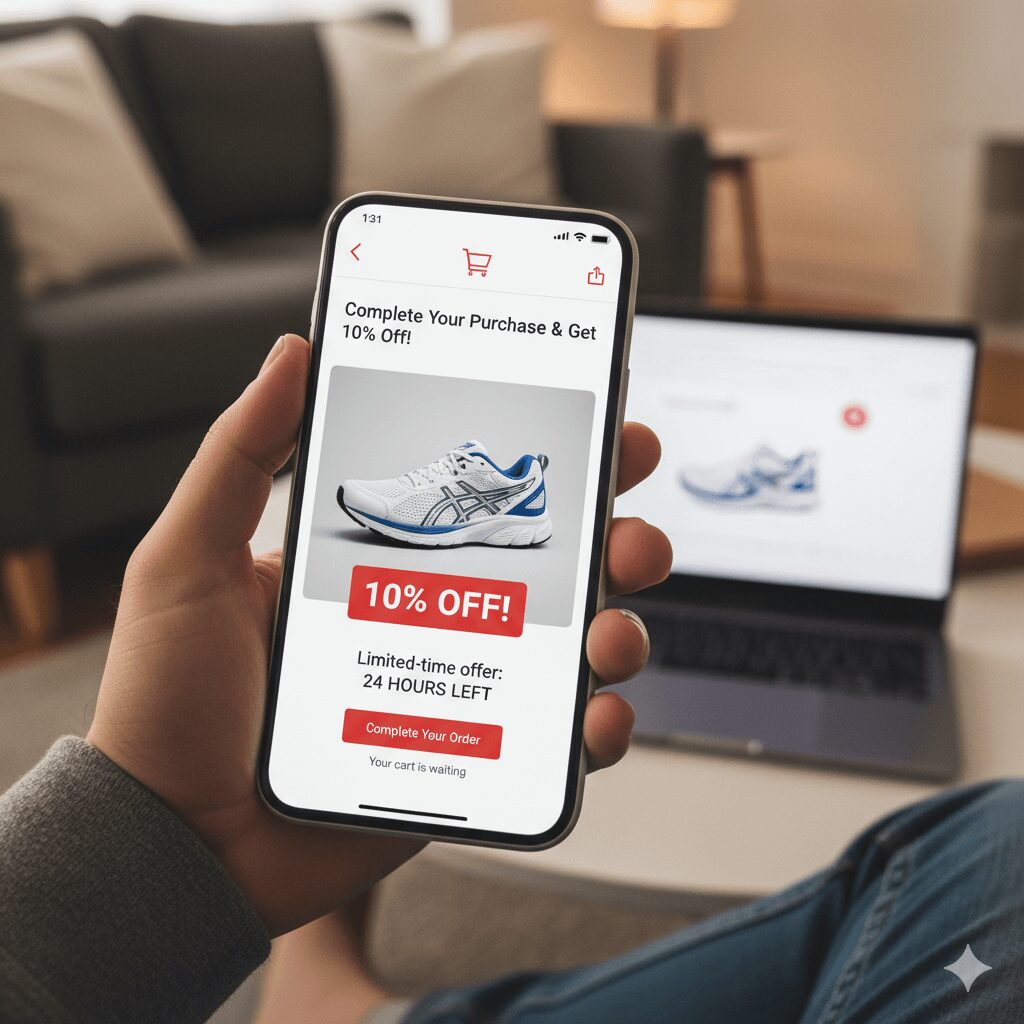
Retargeting discounts work well because they remind customers of what they were interested in. They create a sense of urgency and make the offer more appealing. This strategy is especially effective for recovering lost sales and increasing conversions on items that might otherwise have been forgotten.
Pros and Cons of Discount Pricing Strategy
Applying a discount pricing strategy has both advantages and disadvantages. It will get you more sales. At the same time, you will make less money on each thing you sell. Interesting, right?
Let’s find more pros and cons of discount pricing:
Pros of Discount Pricing
First, we will discuss the positive sides of the discount pricing:
- Boosts Sales: Discounts quickly attract more customers, especially during slow times or new product launches.
- Attracts New Customers: A good discount can encourage first-time buyers to try your brand.
- Clears Out Inventory: Discounts help move unsold or outdated products, making room for new stock.
- Builds Loyalty: Offering discounts can make customers feel valued, encouraging repeat business.
- Increases Brand Awareness: A well-promoted discount can get people talking about your brand.
Cons of Discount Pricing
Discount pricing strategy won’t always be beneficial. Let’s check the flip side of the discount pricing:
- Reduces Profits: Offering discounts means earning less on each sale, which can hurt overall profits.
- People Think Your Stuff is Cheap: People might think your stuff isn’t worth much.
- Limits Long-Term Growth: Relying too much on discounts can shift focus to price, not brand value.
While discount pricing can boost sales and attract customers, you should always use it wisely to avoid potential downsides.
3 Types of Discount Pricing
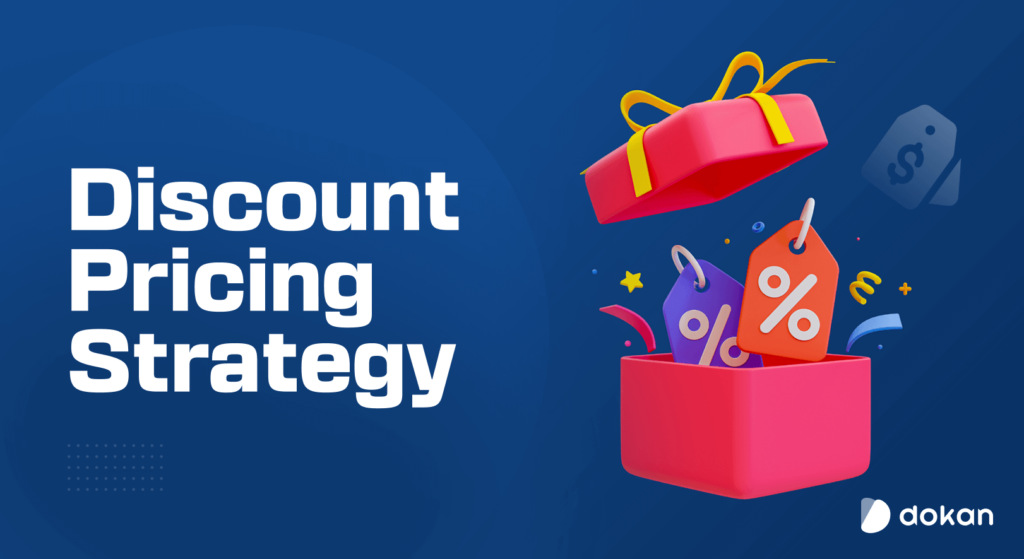
There are many types of discounts. We have categorized these discounts into three main types. These types are:
- Seasonal Discount Pricing
- Clearance Discount Pricing
- Volume Discount Pricing
Now let’s focus on each type and their characteristics!
1. Seasonal Discount Pricing
Seasonal discount pricing is when businesses lower their prices during certain times of the year. Such as:
- holiday sales,
- back-to-school deals, or
- summer clearance events.
These discounts are tied to specific seasons or holidays and are a great way to boost sales during those periods.
2. Clearance Discount Pricing
Clearance discount pricing is all about getting rid of products that are no longer needed. This might be:
- end-of-season items,
- discontinued products, or
- overstocked goods.
The goal is to clear out space for new inventory, even if it means selling at a lower price.
3. Volume Discount Pricing
Volume discount pricing is when customers get a discount for buying in bulk. The more they buy, the bigger the discount. This strategy is common in wholesale businesses but can be used in retail as well.
For example, a store might offer “buy 3, get 1 free” deals or lower the price per unit when customers buy in larger quantities.
Discount Pricing Strategy Examples for Your Inspiration
Companies around the world including big and small leverage discount pricing strategy. Here are some inspiring examples of how companies use discounts to drive sales and build customer loyalty:
1. Amazon Prime Day
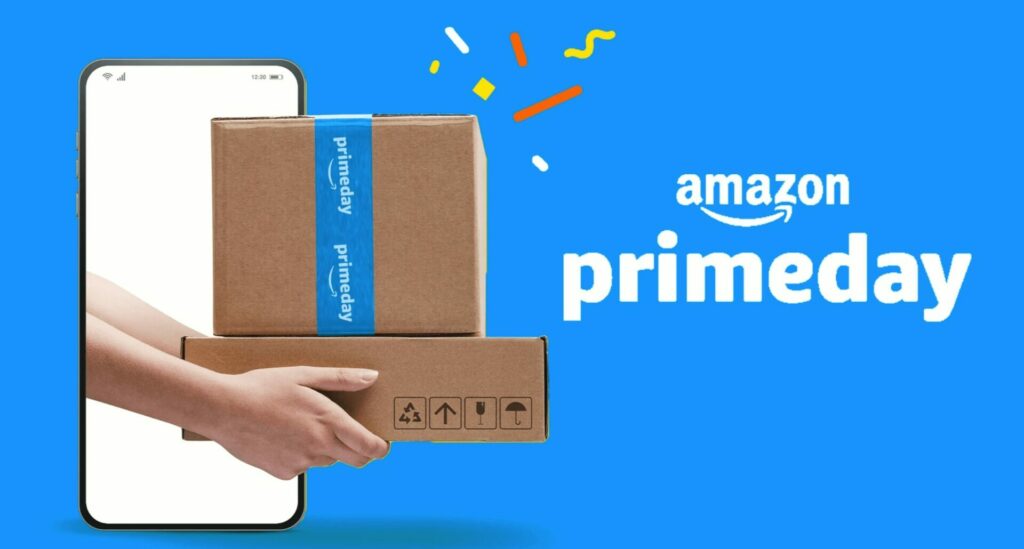
Amazon’s Prime Day is a massive annual event where Prime members get access to exclusive discounts on thousands of products. This not only boosts sales but also drives new sign-ups for Amazon Prime. The limited-time nature and wide range of discounts create excitement and urgency, encouraging customers to make purchases they might not have considered otherwise.
2. Black Friday and Cyber Monday
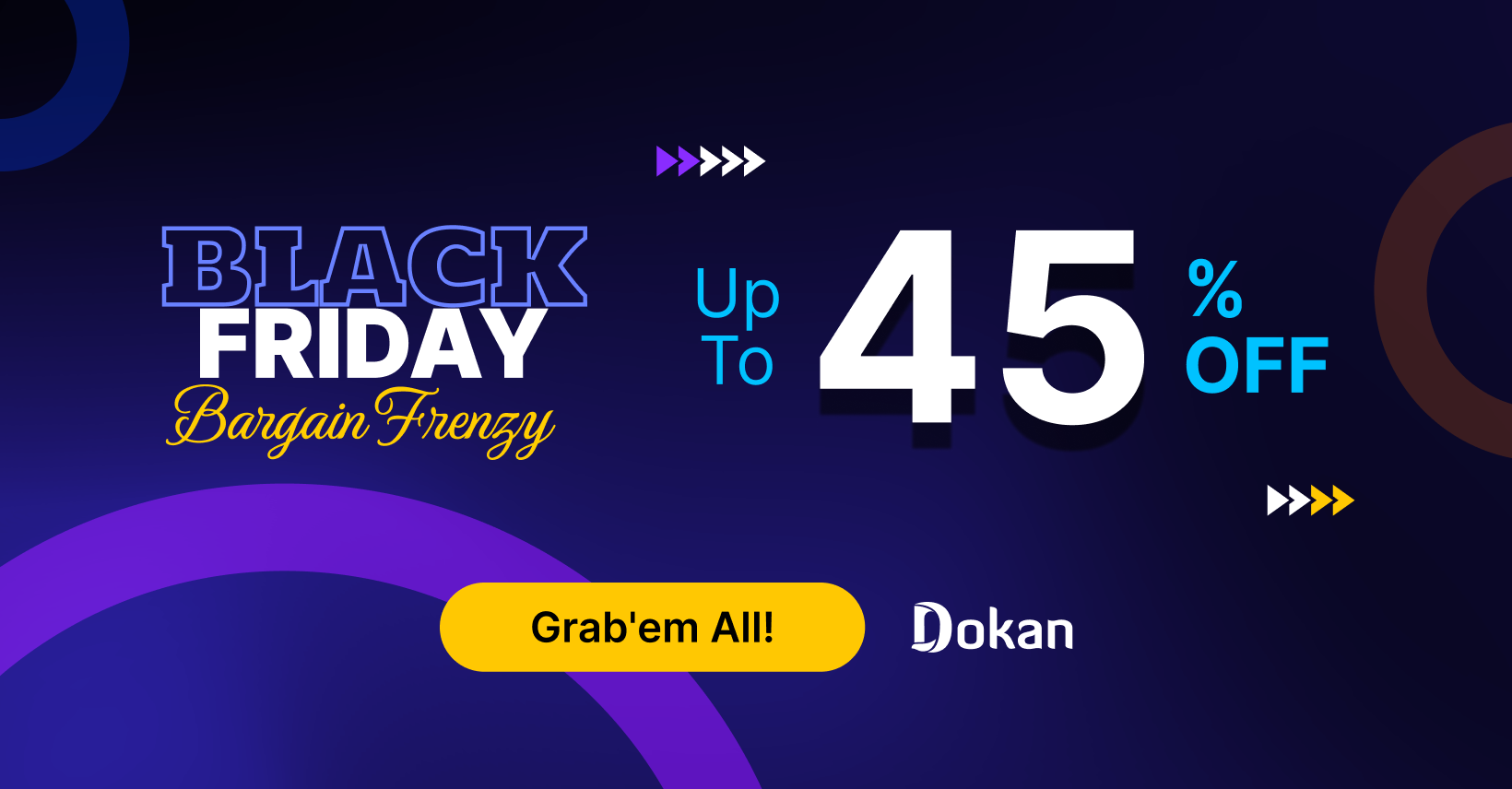
Retailers worldwide participate in Black Friday and Cyber Monday, offering huge discounts on products both online and in stores. These events are famous for attracting massive crowds and generating significant sales in a short period. The anticipation and deep discounts make these days some of the busiest shopping times of the year.
3. Starbucks Rewards Program
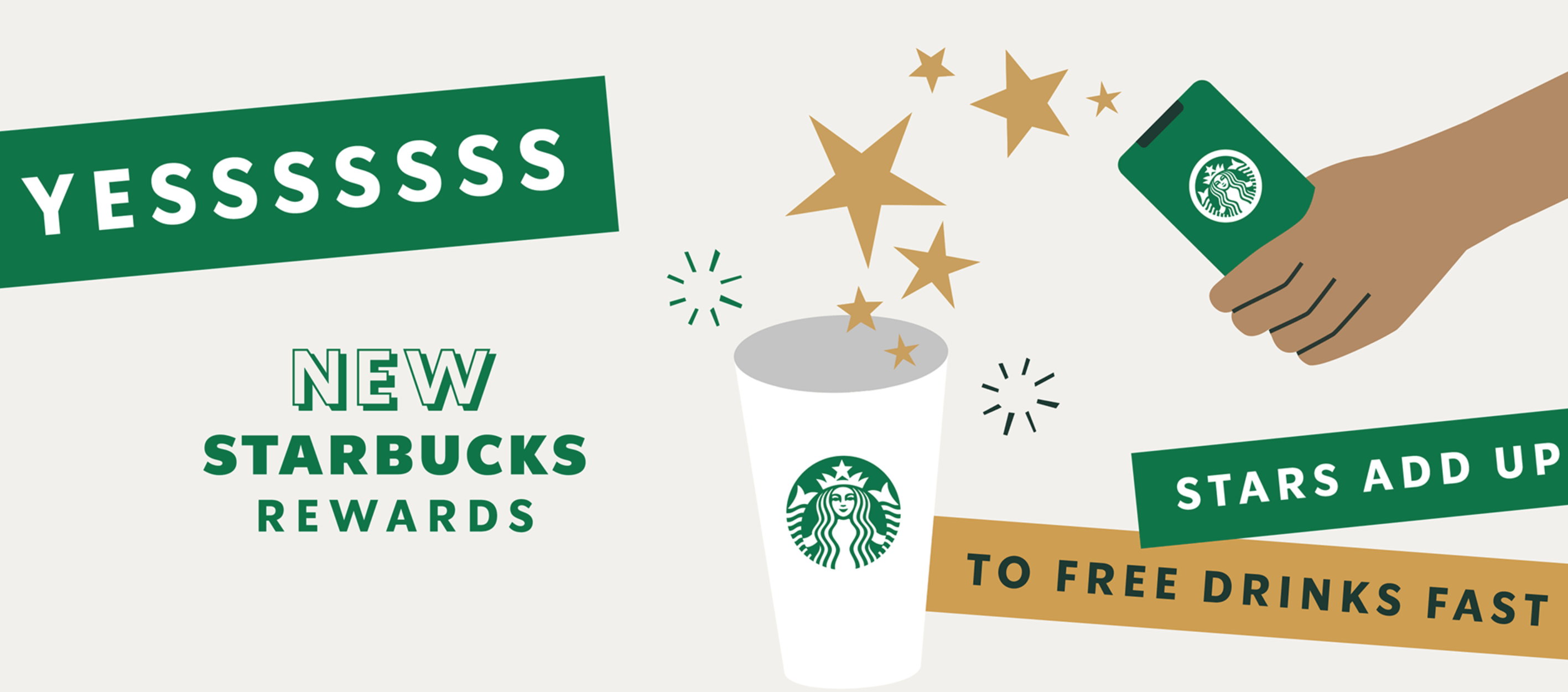
Starbucks uses a loyalty program to offer personalized discounts and free drinks to repeat customers. For example, members can earn stars with each purchase, which can be redeemed for free items. Starbucks also offers special discounts on customers’ birthdays or after reaching certain milestones, which keeps customers engaged and coming back for more.
4. Old Navy’s Seasonal Sales

Old Navy frequently offers seasonal sales, such as back-to-school or end-of-season clearances, with deep discounts on clothing and accessories. These sales help the brand clear out old inventory while driving foot traffic to stores and increasing online sales.
5. Apple’s Student Discounts
Apple offers discounts on its products for students and educators, making expensive technology more affordable for this group. This strategy not only boosts sales but also builds brand loyalty among younger customers who may continue using Apple products long-term.
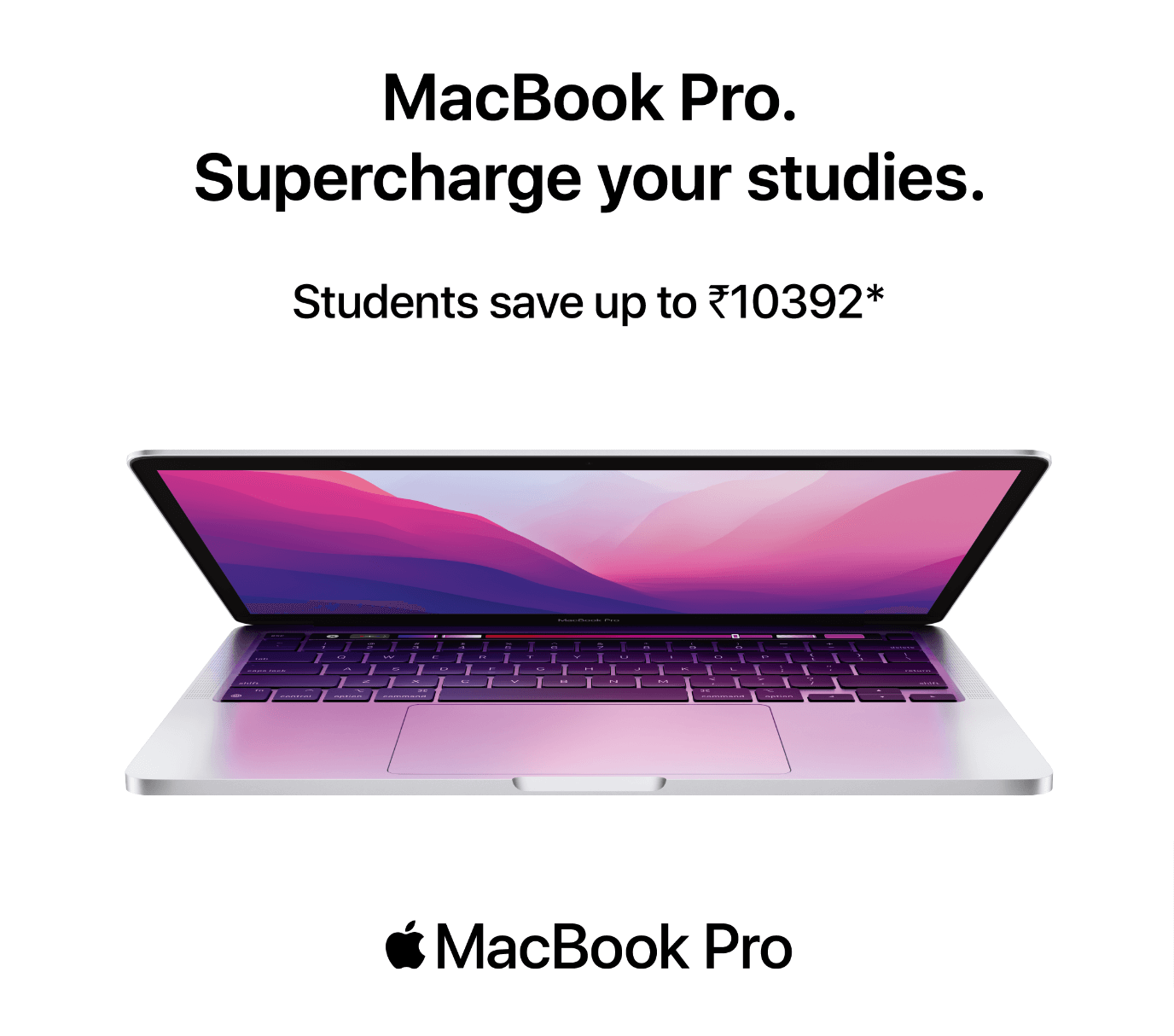
These examples show how diverse and effective discount pricing strategies can be, whether you’re a small business or a global brand. Use these ideas as inspiration to create your discount campaigns that resonate with your customers and drive your business forward.
Final Words on Discount Pricing Strategy
Now you know what is a discount pricing strategy when you should apply discount pricing, what types of discounts, and the 7+ most effective discount strategies.
So, what are you waiting for?
Follow this guide and offer discounts to your customers to boost sales.
If you want to increase the conversion rate of your online business, you can check our blog on increasing the conversion rate like a pro.
That being said, if you have any further queries related to discount pricing strategies, don’t hesitate to share them with us using the comment box below. We are all ears!
Subscribe to
Dokan blog
We send weekly newsletters, no spam for sure!

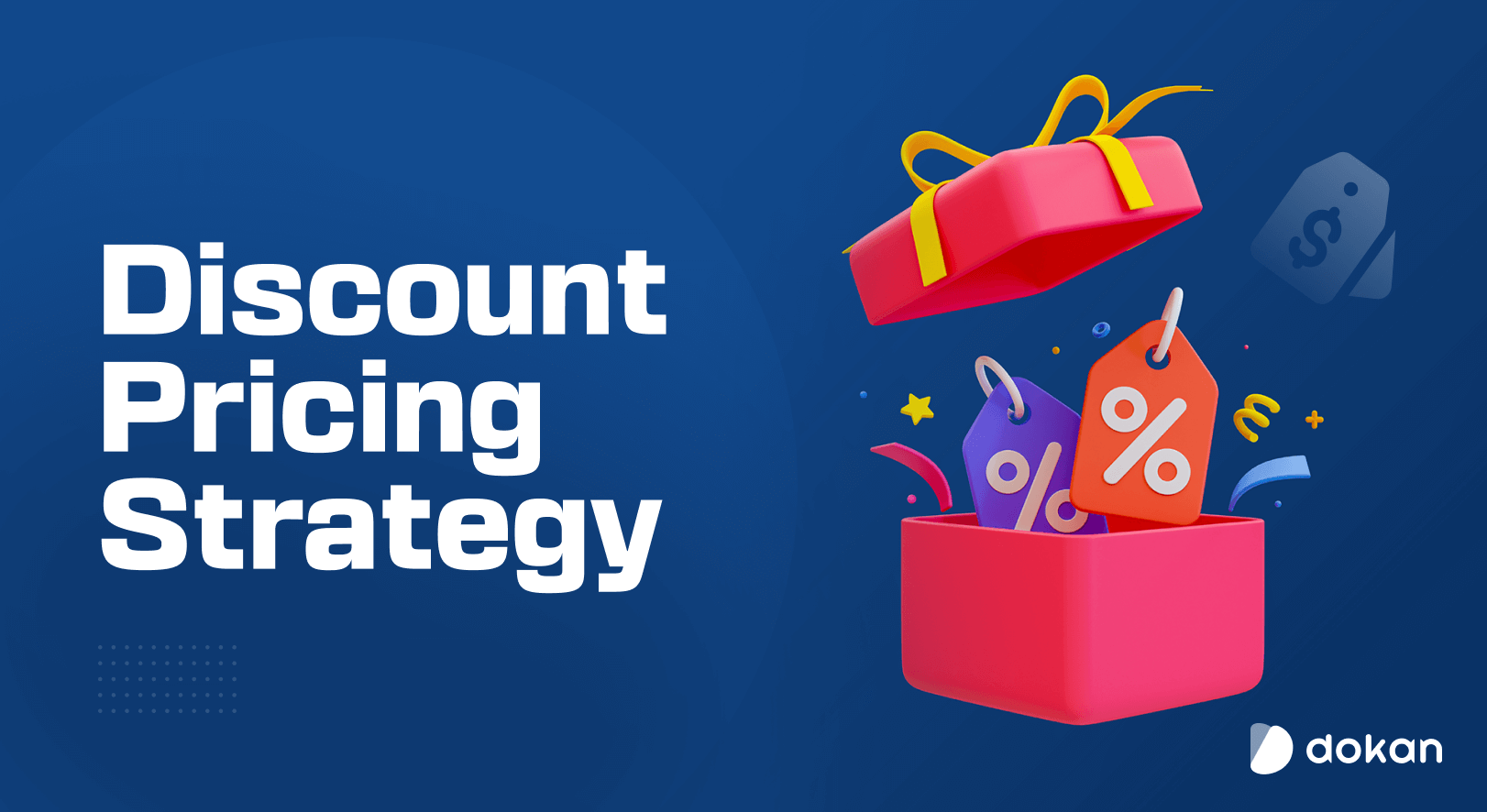

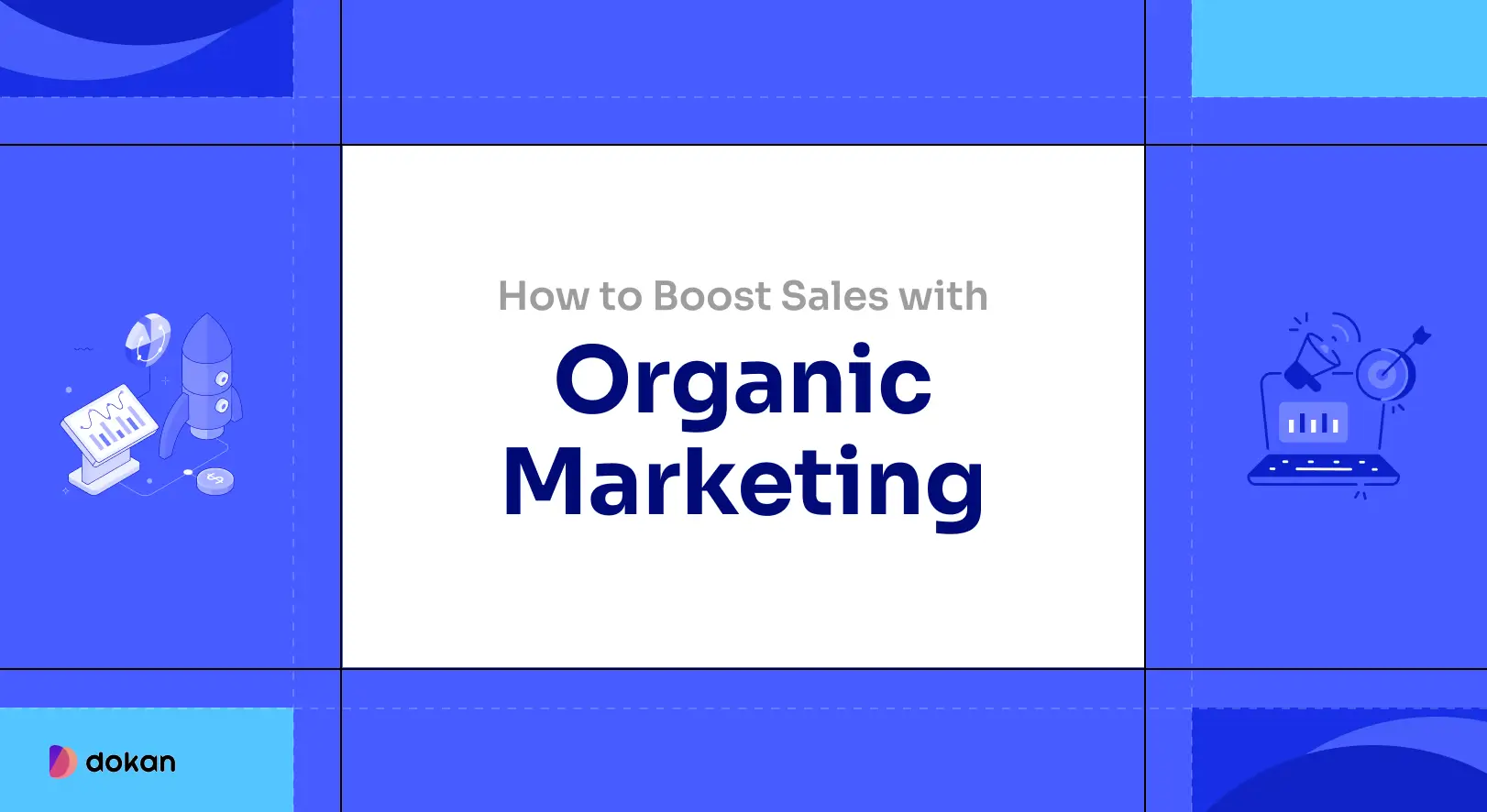
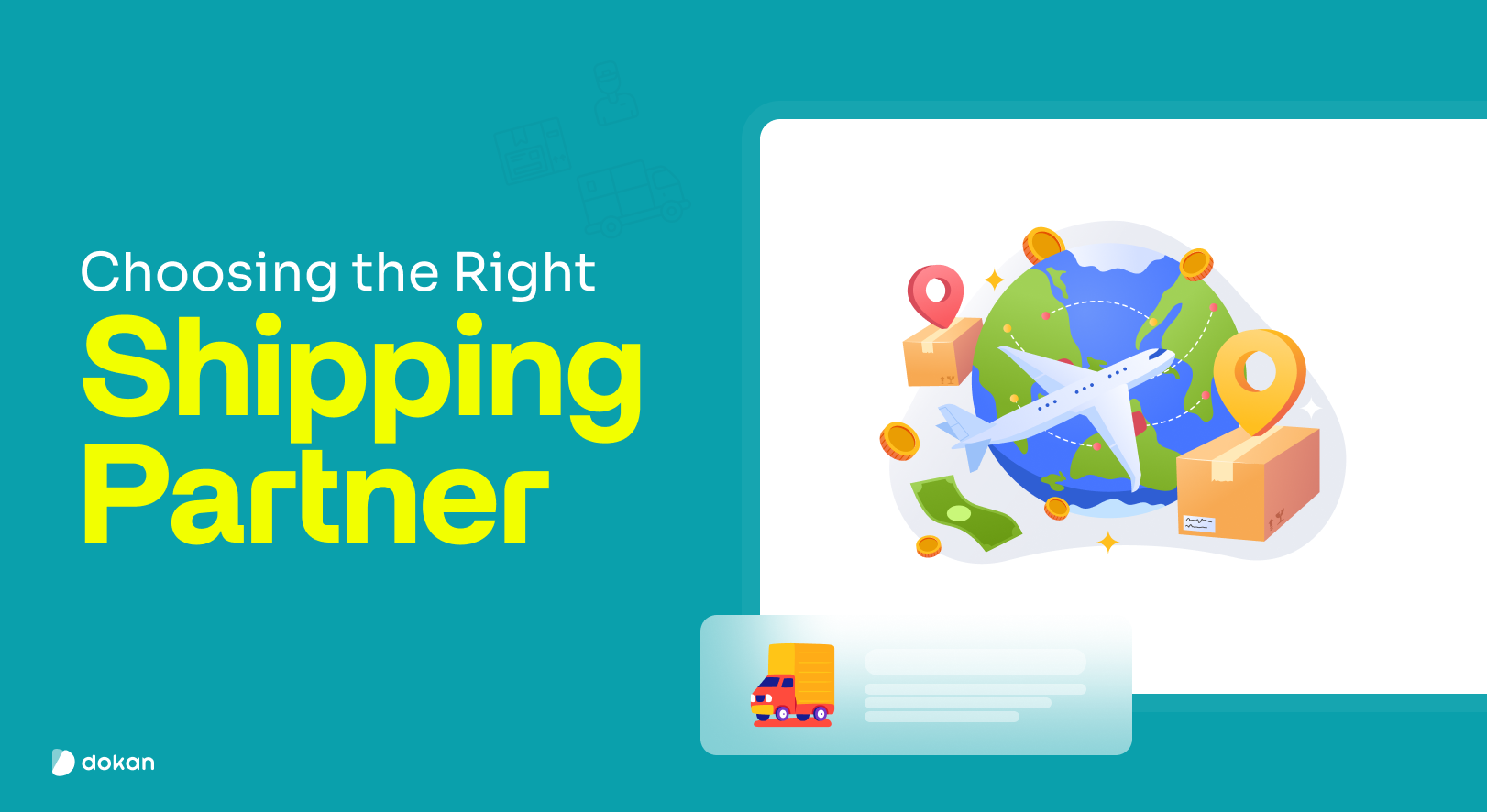


Leave a Reply